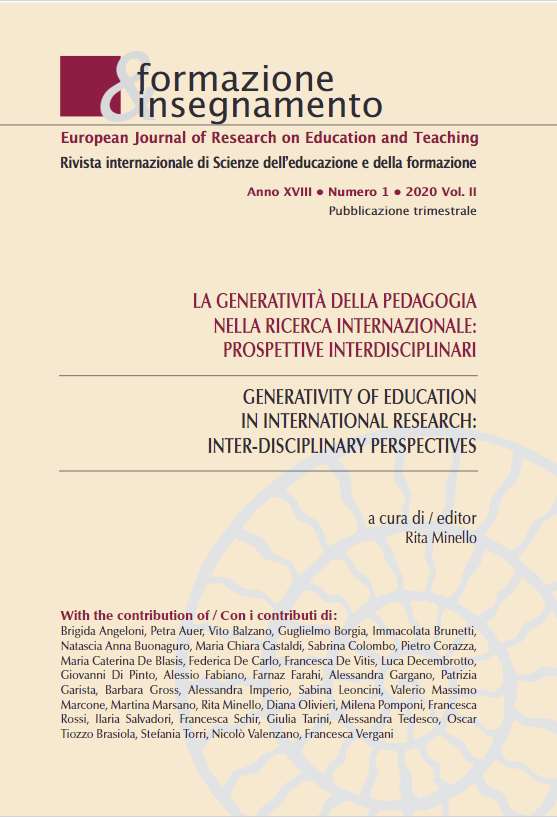Second-Generation Albanian Youth narrating their life paths
DOI:
https://doi.org/10.7346/-fei-XVIII-01-20_39Abstract
Nowadays Italian youth can be considered heterogeneous concerning somatic traits, color of the skin, spoken languages at home and the religion orientation. Some of them were born abroad, outside national borders, and some, although they were born on the national territory, are not yet Italian citizens. But then the question arises: who are they? These are the so-called second generations, or the children of those migrants, who since the mid- 70s have considered Italy as a country that could offer a future for them and their children. The topic of second generations is central in political debates, both at European and national level, regarding citizenship, integration, social inclusion; but not only, scholars, engaged in migration studies both in Europe and America, began to focus their research on second generations. Overseas the research started since the time of the Chicago School, investigating on children of European migrants. In Europe and, above all, in Italy, where the migration phenomenon is relatively recent, research on second generations started only in the 90s. This paper aims to illustrate a research conducted in South Tyrol in 2019 investigating identity and desires of second- generation girls with Albanian origins. Peculiar is the environment in which these girls were born and raised, South Tyrol, a border land inhabited by three different linguistic groups with their own ethnic identities.
Downloads
Published
How to Cite
Issue
Section
License
Copyright (c) 2020 Pensa MultiMedia

This work is licensed under a Creative Commons Attribution 4.0 International License.
Formazione & insegnamento is distributed under Attribution 4.0 International (CC BY 4.0).
For further details, please refer to our Repository & Archiving Policy, as well as our Copyright & Licensing Terms.





